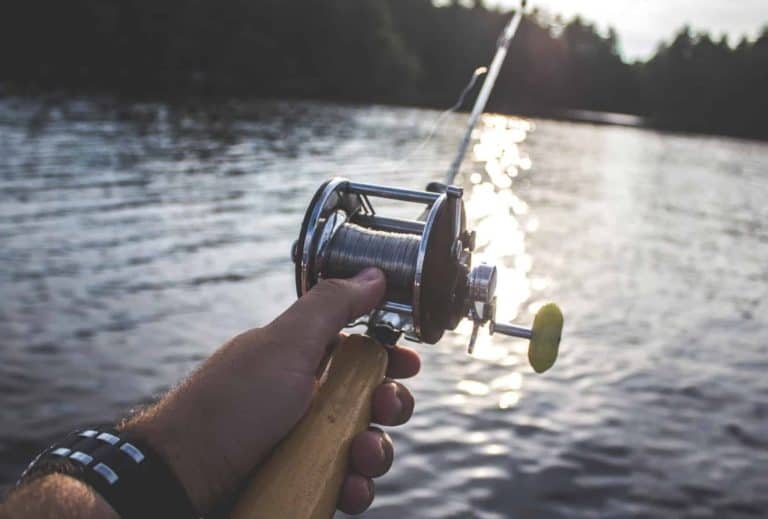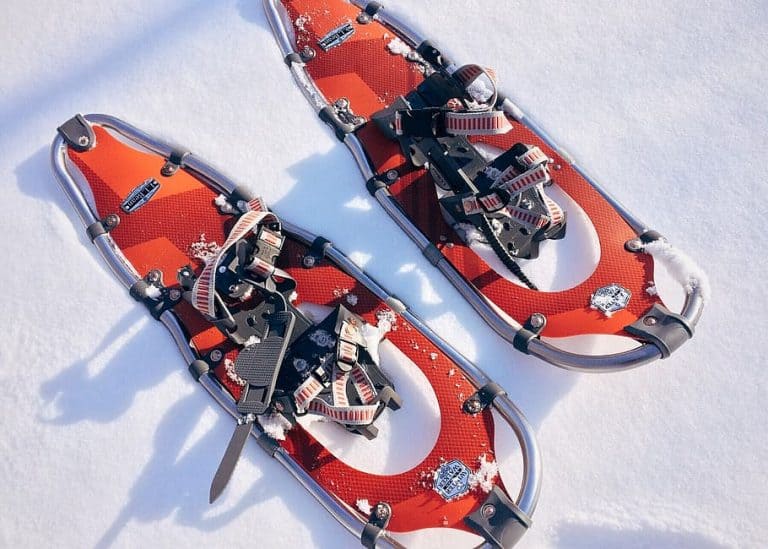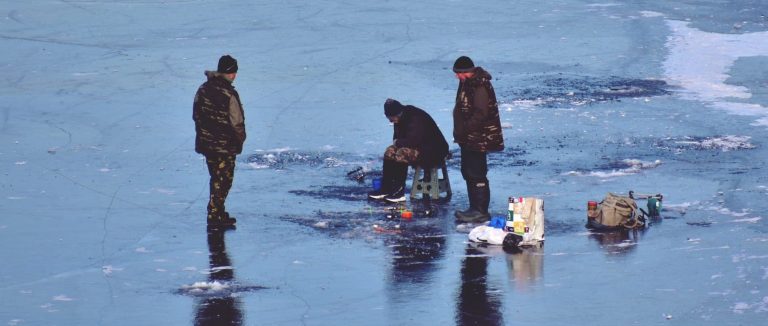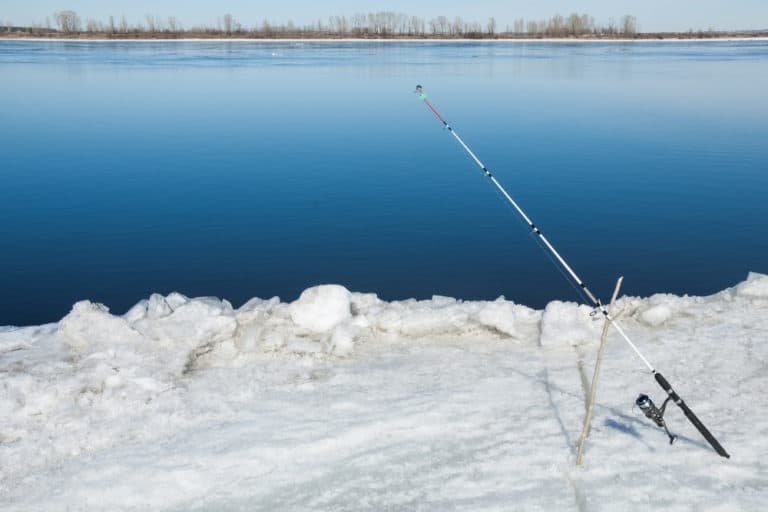How Long Is Tuna Fishing Season & Where?
The length of the tuna fishing season varies; in fact, some territories and countries do not have a closed tuna fishing season meaning tuna fishing is never restricted at any time during the year. Government regulations, the tuna fish species, their reproductive cycles, and the migratory patterns of the tuna fish; help determine how long the tuna fishing season is.
So, how long is tuna fishing season? It depends a lot on the region, below we will cover the different tuna fishing locations and the best times of year to cast your line there.
Different Types of Tuna
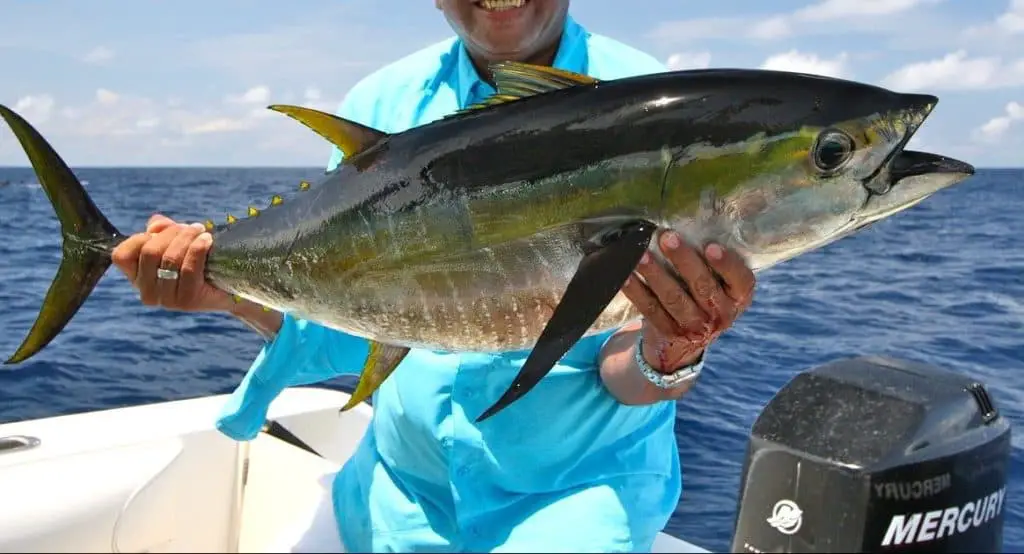
Tuna fish is part of the family Scombridae, Biologist divide tuna species into two groups or tribes:
- Thunnini
- Sardini
Thunnini meets the true-tuna standard. They have two separate dorsal fins and a thick body. Skipjack, Black Skipjack, Albacore, Bigeye, Bluefin (three species: Southern, Pacific, & Atlantic), Blackfin, Kawakawa, Bullet, Frigate, Little Tunny, longtail, Slender, and Yellowfin are the 15 species of true or thunnini tuna.
The Sardini tribe tunas — the Butterfly Kingfish, the Dogtooth tuna, and a few other species of smaller true bonitos — have more mackerel-like features (a row of conical, sharp teeth and an elongated body).
The varied tuna species live in different oceans and regions, swim at different ocean depths and proximities to the coast, spawn in diverse locations and have different migratory patterns.
The Skipjack tuna is the most commonly canned and consumed variety of tuna. Huge commercial trawlers catch Skipjack in offshore fishing zones; they are unsuited for nearshore sport fishing due to their distance from the coastline and their small size.
How Long Is Tuna Fishing Season – Which Tuna?
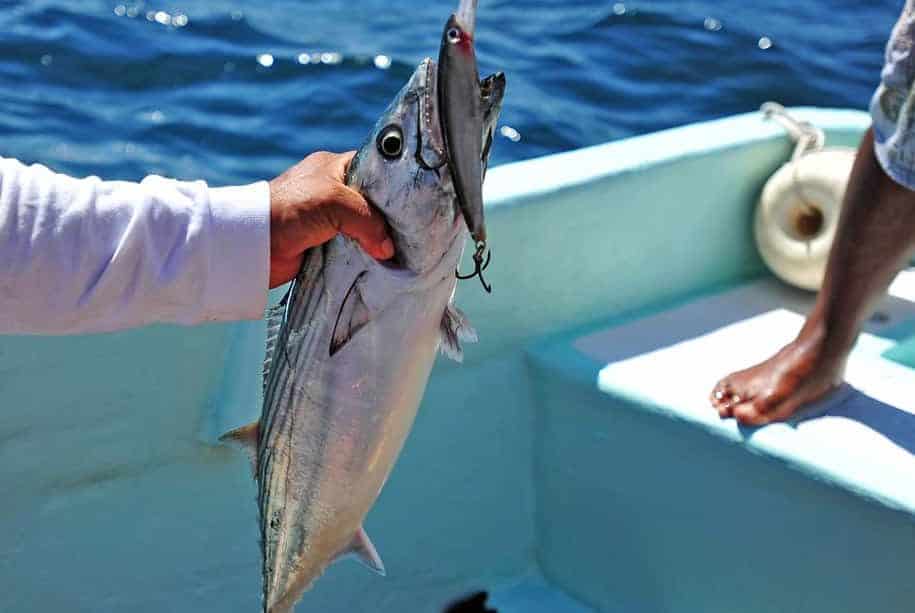
The tuna fishing season applies more to nearshore tuna like the three varieties of Bluefin tuna, Albacore, Yellowfin and Bigeye tuna suited for sport fishing.
Bluefin tuna is considered the king of tuna; it is the largest and most expensive tuna; a 608 lbs Bluefin tuna sold for $1.8 million at auction in 2020. The migratory Atlantic Bluefin tuna swims up to 43 miles per hour and tolerates a wide range of water temperatures and depths.
They swim to the coasts of Europe to feed and return to the Gulf of Mexico to spawn. 1496 lbs set in 1979 in Nova Scotia, Canada, remains the Atlantic Bluefin tuna record weight. Bluefin tuna may exceed 40 years in age.
While some tuna populations globally are stable, others have experienced overfishing. Both the Atlantic Bluefin and the Southern Bluefin are considered endangered and most in need of protection.
Unlike Skipjack tuna that reaches maturity within a year and can begin to reproduce, larger tuna varieties take five or more years before they can spawn.
How Governments Are Protecting Tuna Populations
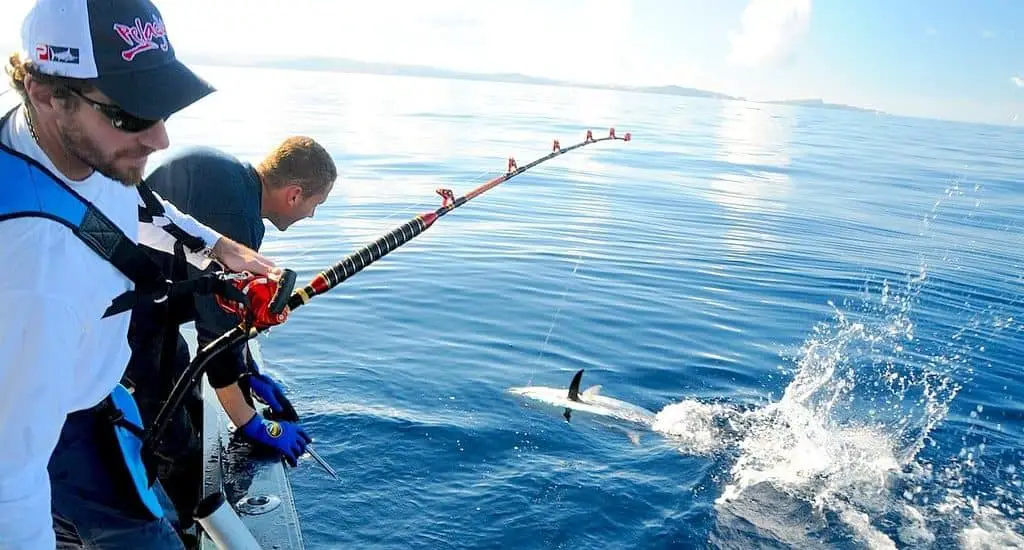
Bluefins, Yellowfins, Bigeye and Albacore fall in the prize fish category of sportfishing. You will certainly appreciate their beauty, size and the challenge they present when you attempt to reel them in. Ultimately, their price drastically increases their desirability to near unsustainable levels in some instances, but there are exceptions.
National governments collaborate with international agencies to manage tuna populations. Each fishing vessel has to receive a range of licenses, and all their fishing activities are tracked, recorded and reported.
Economic disincentives like quotas restrict the number of accidentally caught or killed Bluefin tuna thereby protecting the endangered species. If a vessel exceeds its quota, the captain can buy unused quota from other authorized boats at great cost to keep fishing.
Technological advancements like breakable hooks that limit the catching of large Atlantic Bluefins also help protect fish populations.
Local governments issue fishing licenses and set policies regarding when you can fish. In the United States, the local authorities in Boston set regulations that only permit tuna fishing between June and October.
In Florida, the high season runs from May to September, but you have the freedom to go tuna fishing; in the remaining months, considered as low season. Florida does not have a closed tuna fishing season.
Where do people go tuna fishing?
Check out these examples of some additional tuna fishing seasons and some great places you can go tuna fishing.
The Caribbean
The Bahamian tuna fishing season lasts four months; it runs from May through to August. With over 700 islands and cays, there is an option that will allow you to have an enjoyable experience while fishing in The Bahamas.
Africa
South Africa offers some of the best tuna fishing spots in the world. The season duration is nine months, from October through to late June. Mauritius and La Reunion island off the African East Coast possess good Yellowfin, Bigeye, and Dogtooth tuna fishing. The high season is March to May, and Low season is August to November. There is no closed season.
North American East Coast
We already looked at Florida and Boston, but you can do a whole road trip and head to Delaware, New England and the Canadian East Coast.
Delaware is excellent for catching Yellowfin from July to August, while in New England, Bluefin tuna fishing season is from June to November.
Nova Scotia is where the angler caught the record-breaking 1496 lbs tuna. Neighboring Prince Edward Island is known as the tuna fishing capital of the world. The Bluefin tuna season in Canada starts in late July and finishes in mid-to-late November.
North American West Coast
San Diego is a hot spot for Bluefin tuna. The season peaks in July, August, and September, but you can still catch tuna the rest of the year. Oregon further North offers Albacore tuna galore from July to October, and so does Vancouver island in Canada.
Hawaii
Pacific Bluefin and Yellowfin tuna are abundant in Hawaii, where the fishing season lasts from May to September. The season peaks between June and August.
Central America
September through November present the best conditions for Yellowfin tuna fishing in Cabo San Lucas, Mexico. Although March through August is the peak tuna fishing season in Panama and neighbouring Costa Rica, you will catch the biggest tuna in May, June and July.
Europe
The Iberian peninsula encompassing Spain and Portugal dominate tuna fishing in Europe. In Spanish territories like Mallorca and Tenerife, February through May give you the best tuna fish catches. In Portugal, the tuna fishing season lasts four months, from July through October, but you can fish in the low season for the rest of the year.
Asia
Some go-to places in Asia to catch tuna, like Dogtooth and Yellowfin include; Phuket, Thailand (January to March and October to December), Maldives (August through March), and the Andaman Islands, India (June to August).
Conclusion
Tuna fishing seasons vary across the world due mainly to their migratory patterns. Factors determining tuna fishing seasons include the tuna type, geographical location, migratory and reproductive patterns. Tuna population and local and international commitments to conservation strategies also impact tuna fishing seasons.
Similar factors to those influencing the tuna fishing season, plus the depth and proximity to the coastline that the fish swim impact where you can go tuna fishing.
Additionally, the presence of warm tropical or mildly temperate waters influences the best destinations to catch tuna.
Your budget and your tuna fishing goals will determine the destinations you choose, but your options are extensive because tuna traverse so many coastlines across the world. Wherever you go fishing, remember to fish sustainably.

